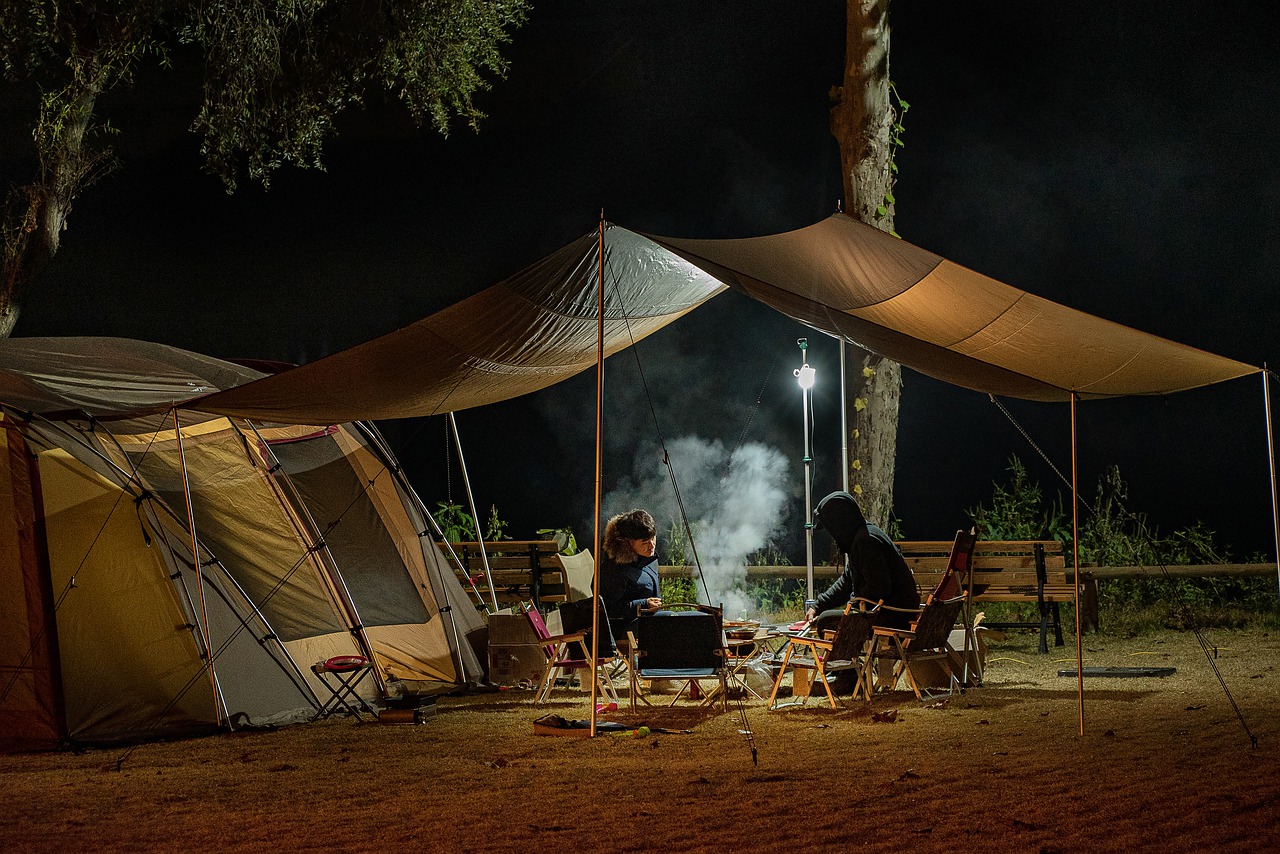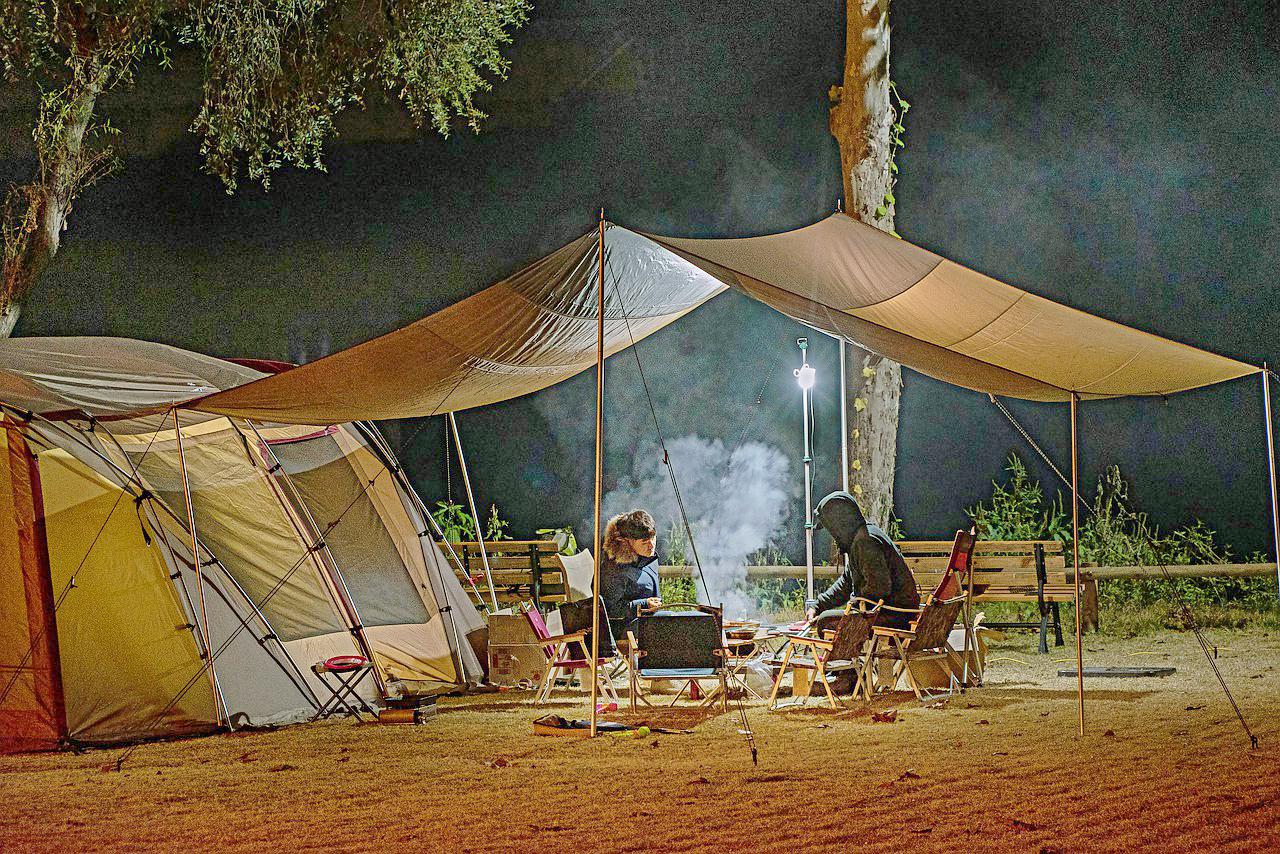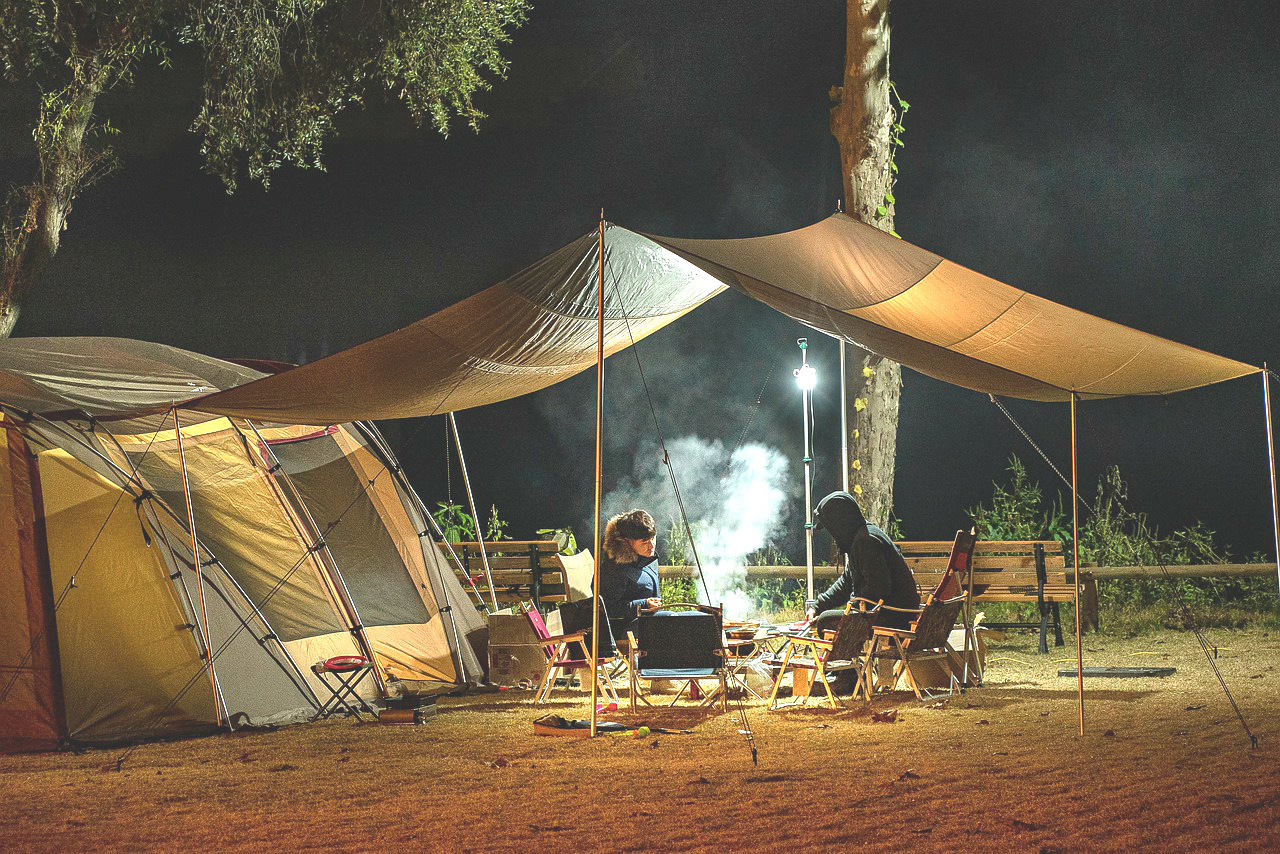-
Notifications
You must be signed in to change notification settings - Fork 188
New issue
Have a question about this project? Sign up for a free GitHub account to open an issue and contact its maintainers and the community.
By clicking “Sign up for GitHub”, you agree to our terms of service and privacy statement. We’ll occasionally send you account related emails.
Already on GitHub? Sign in to your account
Unsatisfactory results #4
Comments
|
Such an image with obvious noise challenges all low-light image enhancement methods. Zero-DCE can only enhance low-light image without obvious artifact or noise. Unfortunately, it cannot handle artifacts, blocking, and noise well.
发件人:JackLu <notifications@github.com>
发送日期:2020-07-03 11:26:17
收件人:Li-Chongyi/Zero-DCE <Zero-DCE@noreply.github.com>
抄送人:Subscribed <subscribed@noreply.github.com>
主题:[Li-Chongyi/Zero-DCE] Unsatisfactory results (#4)
input:
output:
—
You are receiving this because you are subscribed to this thread.
Reply to this email directly, view it on GitHub, or unsubscribe.
|
|
MEITU is commercial software that contains a serial of SP operations, not just light enhancement. Moreover, I guess that it operates on raw data (not sure). So it is unfair to compare it with. There is no overfitting because Zero-DCE is an optimization-based method without ground truth. If the Zero-DCE is used in the product, it needs some modifications such as coupled with denoising and removing color band, etc. Anyway, thanks for providing the resutls.
发件人:JackLu <notifications@github.com>
发送日期:2020-07-03 12:43:11
收件人:Li-Chongyi/Zero-DCE <Zero-DCE@noreply.github.com>
抄送人:Chongyi Li <lichongyi25@gmail.com>,Comment <comment@noreply.github.com>
主题:Re: [Li-Chongyi/Zero-DCE] Unsatisfactory results (#4)
In fact, I have tried many images without obvious noise. And I compared the results generated from your model and from MEITU (only adjust in low level, not using deep model).
One of the examples shows as following:
input
your DCE output
MEITU output(only add 30 brightness)
My question is if using the deep model to learn a simple brightness transformation will be easy to be overfiting. Although your model is not very large, it also has excessive capacity to fit a simple transformation.
—
You are receiving this because you commented.
Reply to this email directly, view it on GitHub, or unsubscribe.
|
|
Hi, @lulujianjie I appreciate it if you provide me with a working email to contact you. Appreciating your reply Thank you |
Ok, I will send an email to you. |
Thanks for your reply. However, this is not a convincing response. There are a lot of inexplicable noises in the night sky of genenrated result as shown in figures, which are obviously caused by the deep model. As far as I know, illumination enhancement is a very basic operation in Meitu, Lightroom, etc. |
You may try the two above inputs, which are raw input images in my experiment. |
|
Thank you, I will be waiting for your email |
|
@Li-Chongyi You said earlier in this thread that this method needs to be coupled with denoising techniques and removing color band if it is to be used in production, I want to ask if you have any starting points on these subjects ? |
|
Hi,
Thanks for asking. The company has several methods to enhance lowlight
image and denoising with Zero-DCE coupled with a denoising technique.
However, I cannot provide the details because of the conflict of interest.
Sorry.
Amr Mustafa <notifications@github.com> 于2020年7月29日周三 上午2:54写道:
… @Li-Chongyi <https://github.com/Li-Chongyi> You said earlier in this
thread that this method needs to be coupled with denoising techniques and
removing color band if it is to be used in production, I want to ask if you
have any starting points on these subjects ?
—
You are receiving this because you were mentioned.
Reply to this email directly, view it on GitHub
<#4 (comment)>,
or unsubscribe
<https://github.com/notifications/unsubscribe-auth/AIEVQEMFI7PAHVT7NBQEQBLR54NHDANCNFSM4OPN2SJA>
.
|
|
@lulujianjie I get the similar results with you by using the default parameters. Which pytorch version do you use? My environment is:
|



input:
output:
The text was updated successfully, but these errors were encountered: